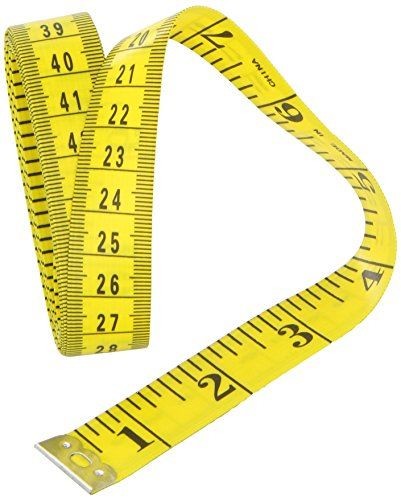Size doesn’t matter – they say. It is not what you have, it is the way you use it – we have heard that one too. Yet, you are concerned. After all, it is your most valuable asset. What is the ideal size? Is it big enough? Surely there is no such thing as too big, is there?
Well, rest assured science doesn’t have the answer to it either. As it turns out, on Wednesday there was a new research published in Nature journal about the size of teams.
(You naughty people…., what else would I be talking about?)
James A. Evans and his team of researchers were looking into the topic of whether disruptive scientific results come about as an individual effort or larger communities of scientists get more amazing results.
The long and short of it (no pun intended) is that in science, innovation, creativity blossoms easier when working alone or in small teams. While researching, testing, data deep diving yields results when bigger team of scientists is involved. It seems the more people are in a team, the less disruptive the outcome is. As if the creative vibe dilutes with each added member.
As our software puts together dream teams that are able to deliver faster and in a more efficient way, I looked into whether the ideal number of team members have ever been discussed as part of the process.
What I found was that the number of team members of a project is mostly dependent on the ‘historically instilled habit’ that each and every organisational unit should be represented. So everybody who is affected by the decisions is there to cast their vote or give their opinion.
While in scrums they stick to the playbook that says 3 to 9 form the healthiest agile team -although the magical number of 7 pops up most of the time.
To be honest we have never made it to be the focal point of our research or our solution to suggest an ideal size of the team, it has always been proposed by our clients.
However we have always put emphasis on maximising the experience of teamwork hence the speed and quality of delivery. We believe that team chemistry paves the road to success and not how many walk that road. Usuall the purpose of the collaboration is innovation or operational development -sometimes both at the same time- and the teams are between 6-12 members average. Is that the ideal size? Should it be bigger? Or smaller?
What we see is that regardless of the size or purpose, those teams are the most powerful in meeting their goals that work in a psychologically safe atmosphere. Disruption, innovation can only take place when each member feels they depend on each other, that their individual contribution matters. These teams are close to their customers, are able to reiterate according to their needs and mistakes are not only tolerated but are welcome for all to learn from. Members of the team can defend their views and put a stop to things that seem not right. Timely feedbacks are given by the loads and success is celebrated.
In these teams the ‘secret sauce’ is that they love working together, they enjoy the pressure, they take the challenges in their stride and they excel every time.
You see, at the end of their journey we never discuss the size of the team.
The crucial question that our app asks them after a meeting: ’Was it good for you?’



